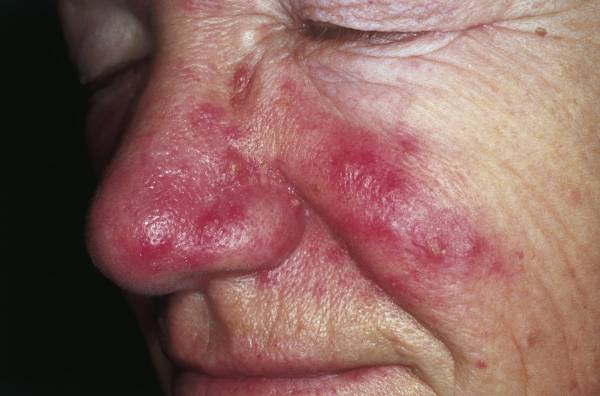Rashes
Listen to Dr. Greenberg on a Podcast
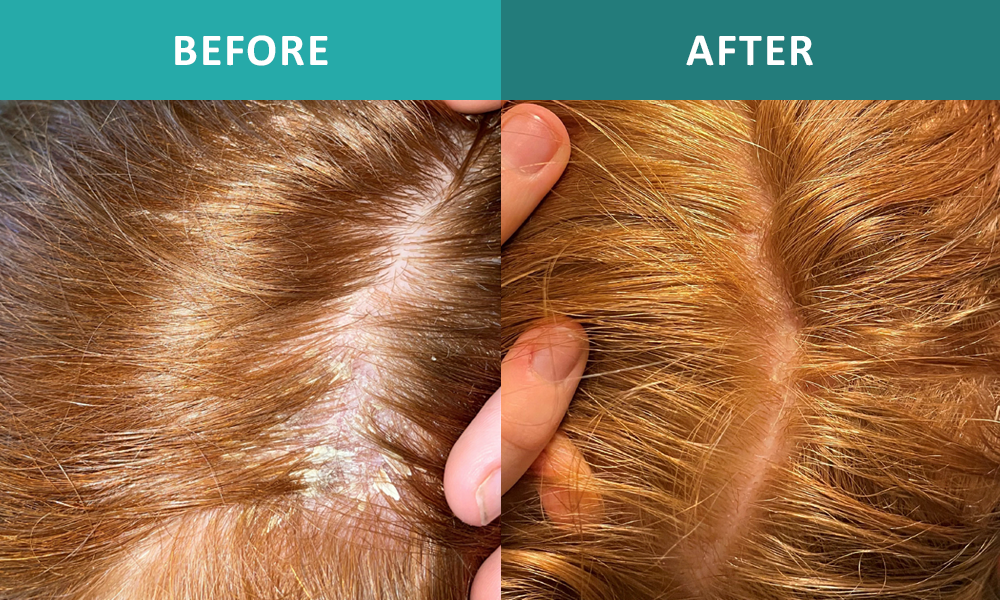
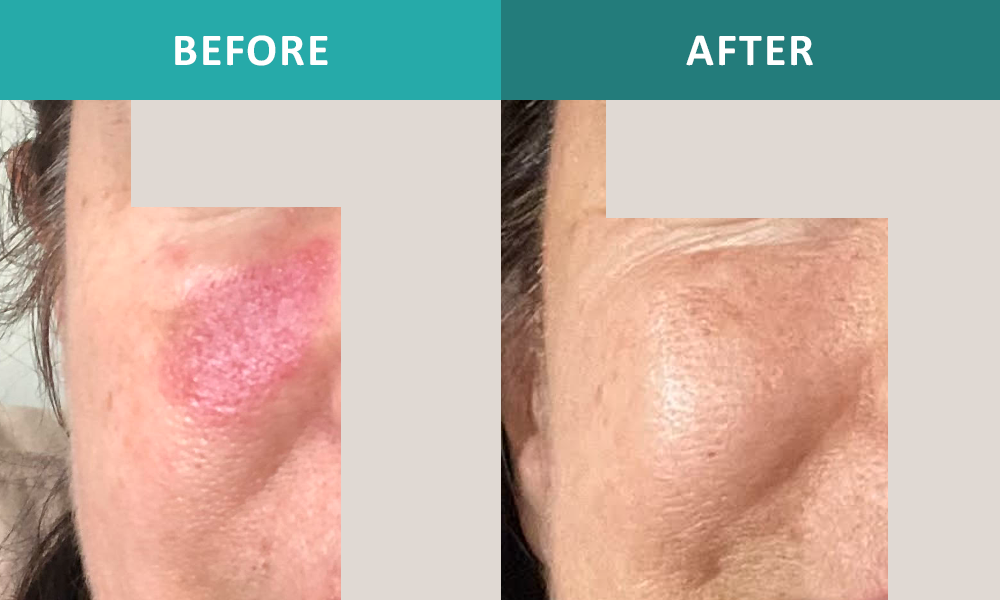

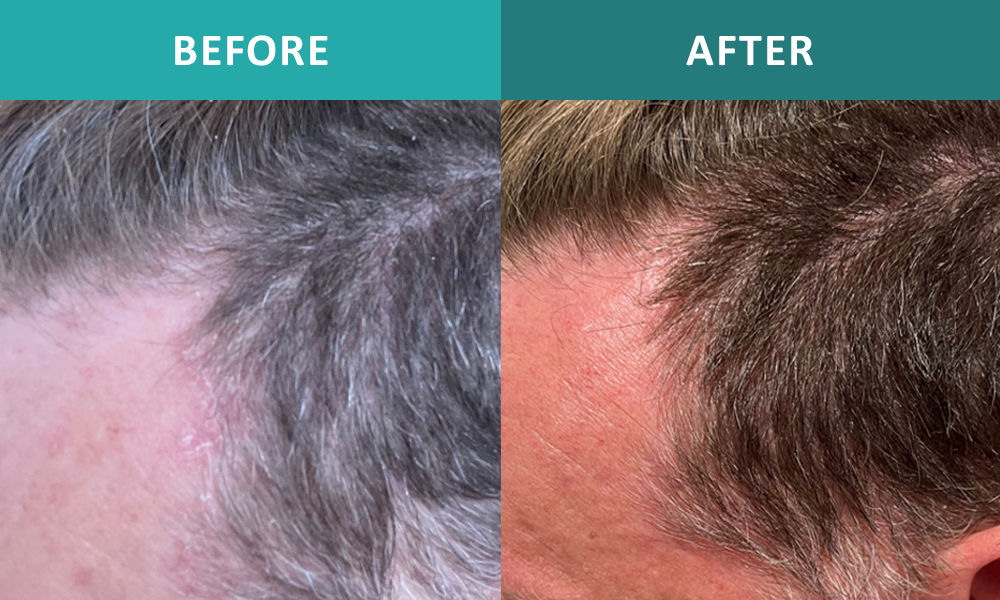
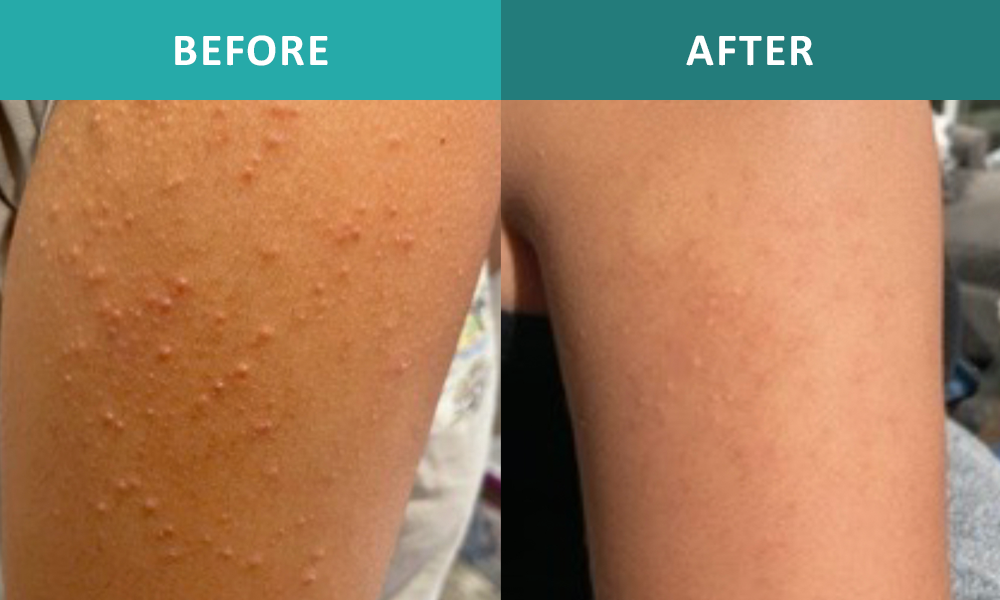
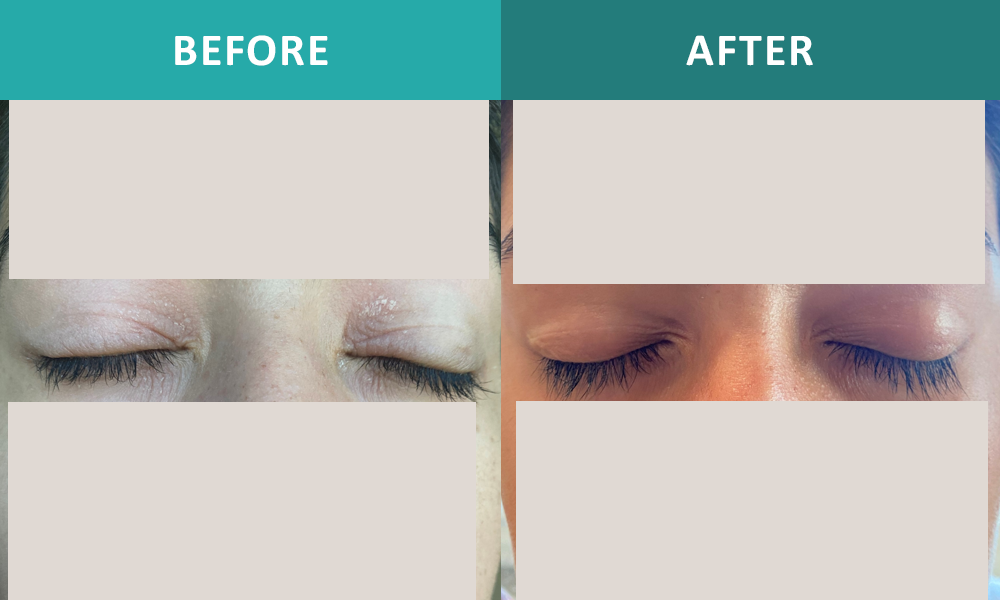
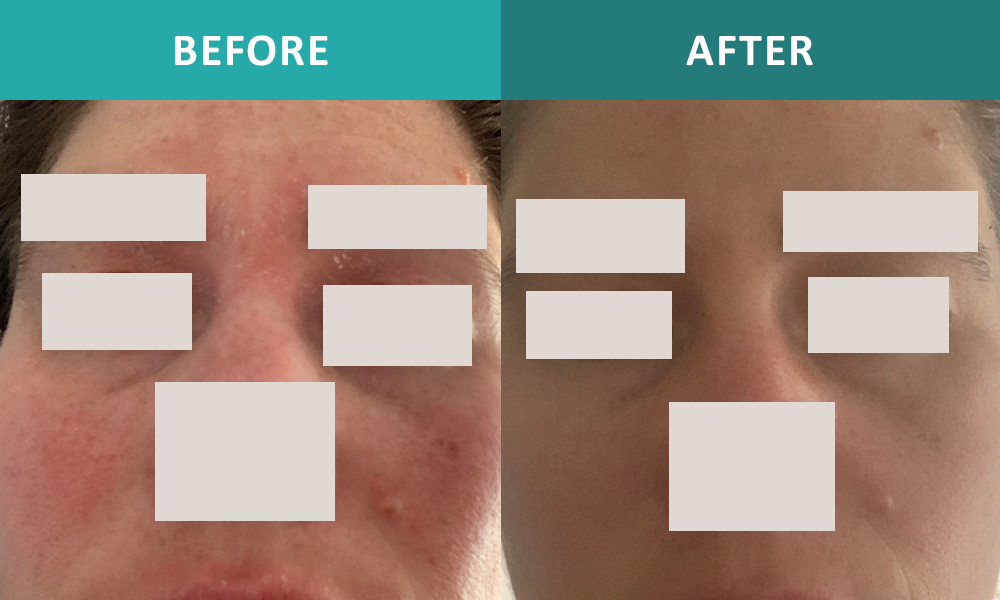
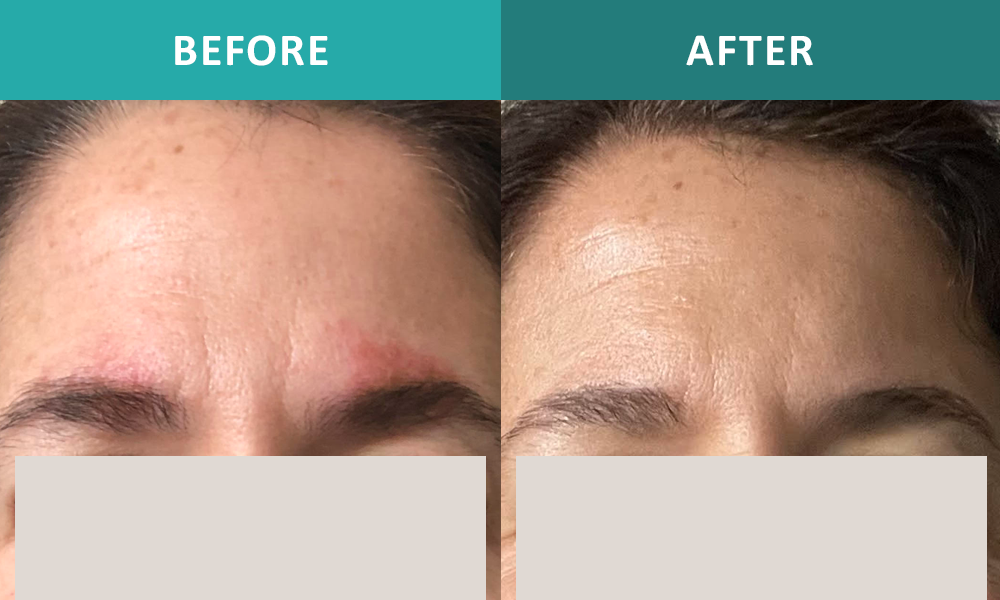


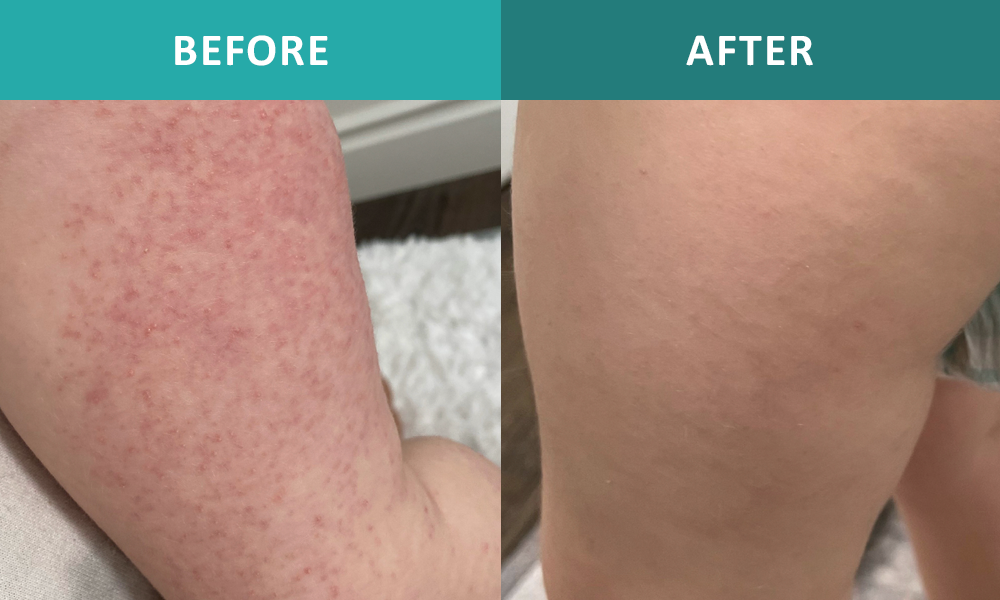
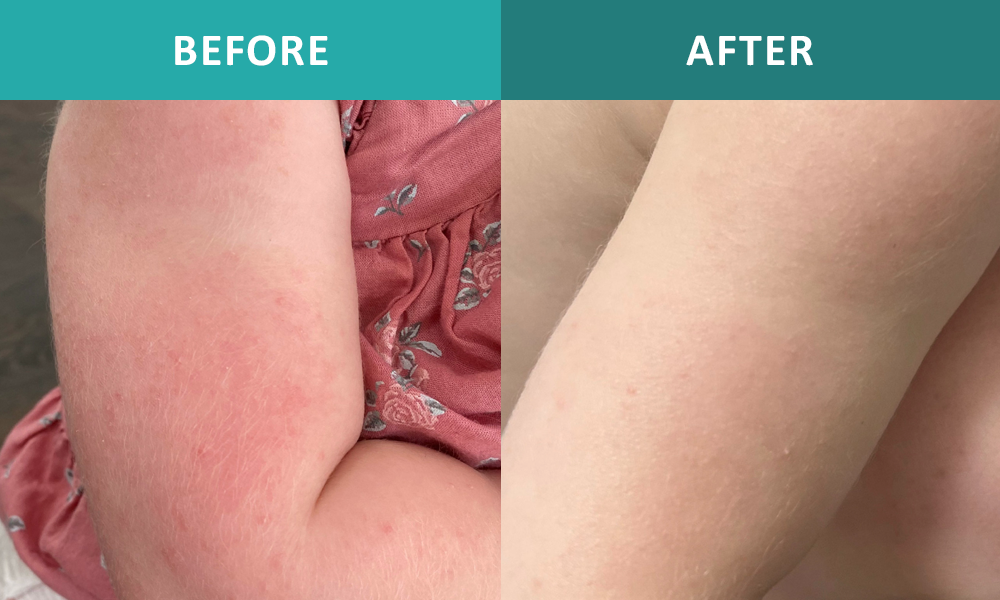
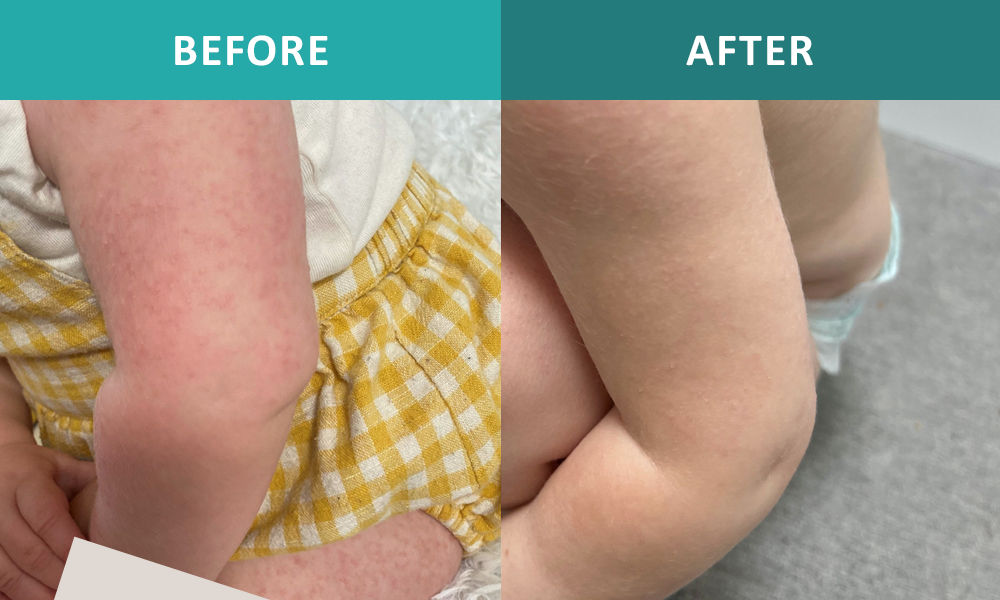

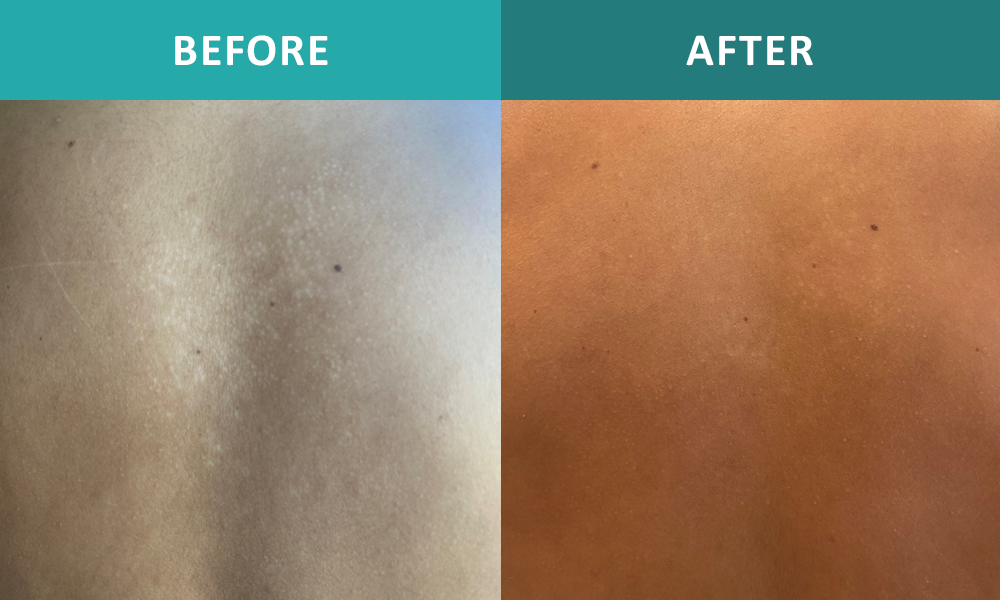
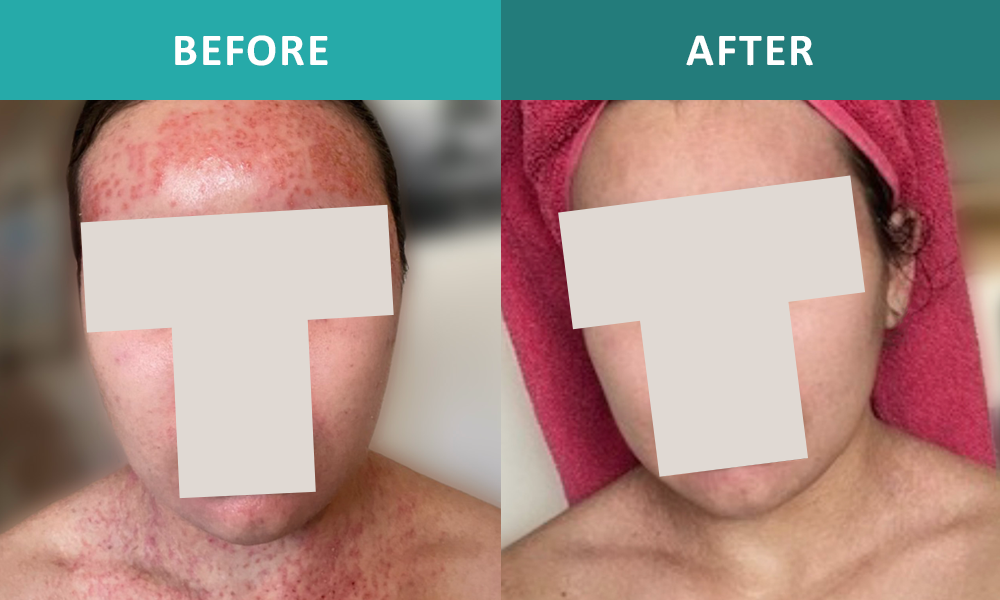
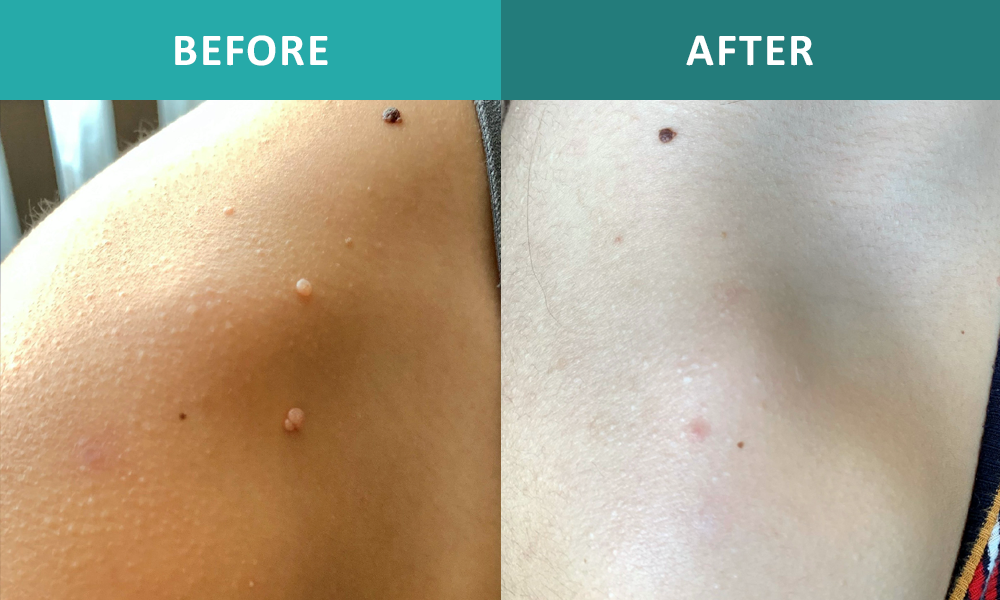
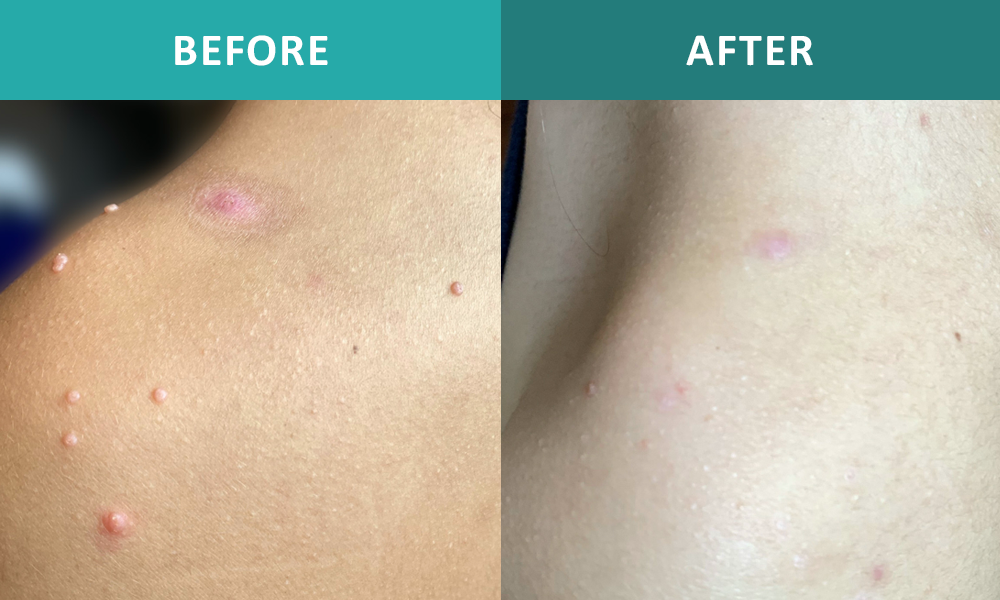
Check out the Seb Derm Course!
Learn All About Seb Derm and Dandruff From Dr. Greenberg
Stay in the Know
Sign up for the newsletter to receive up-to-date information about how to keep acne at bay!
Most everyone will get a rash at some point in their life, and they will often quickly disappear. But sometimes rashes stick around or get so bad that it is necessary to seek medical help.
A “rash” on your skin can actually be many things. Here are just some of the many conditions a rash could be:
Atopic dermatitis (eczema)
Psoriasis
Contact dermatitis
Rosacea
Urticaria (hives)
Herpes
Tinea corporis (ringworm)
Dermatitis herpetiformis
Diaper rash
Seborrheic dermatitis
Lichen planus
Drug eruption
Erythema multiforme
Folliculitis
Pityriasis rosea
Viral rash (like shingles)
Insect bites
Scabies
Lupus rash
Cellulitis
Stasis dermatitis
Erysipelas
Skin cancer
Pellagra
What Causes Rashes?
Reactions To Topical Irritants
(E.g. Poison Ivy, Nickel Allergy, Chemicals)Allergic Internal Reactions
(E.g. Hives)Bacterial Infections
(E.g. Folliculitis, Cellulitis, Erysipelas)Viral Infections
(E.g. Chicken Pox, Shingles, Herpes)Fungal & Yeast Infections
(E.g. Ringworm, Seborrheic Dermatitis)Critters
(E.g. Mites, Spiders, Scabies)Reactions To Medications
(E.g. Antibiotics, Nsaids, Antiseizure Medication)Autoimmune Conditions
(E.g. Lupus, Celiac Disease, Psoriasis)Poor Blood Flow
(E.g. Stasis Dermatitis)Nutrient Deficiencies
(E.g. Pellagra)The Most Common Types of Rashes
Contact Dermatitis
Contact dermatitis is a type of rash caused by physical exposure to a substance.
There are two main types: (1) allergic contact dermatitis (e.g., nickel, poison ivy); and (2) irritant contact dermatitis (e.g., chemicals).
Nickel allergy is a common cause of allergic contact dermatitis. Nickel can be found in jewelry, zippers, eyeglass frames, cellphones, and bras.
Rosacea
Rosacea affects approximately 16 million Americans.
It is found on the face and can easily be mistaken for acne.
It can be caused by tiny mites that live in our skin and feed on our sebum (the oil produced in our hair follicle glands).
Hives (Urticaria)
Hives, medically known as urticaria, are raised welts on the skin that are usually red and itchy and appear and reappear on the same place or different parts of the body.
Hives can be caused by an internal allergic reaction to something (like food or medication), or by physical stimulation such as pressure, heat, cold, or sunlight.
Approximately 20% of people will develop hives at some point in their lives.
Seborrheic Dermatitis
Seborrheic dermatitis is a fungal disease of the skin that is most commonly associated with the scalp (dandruff) but can also occur on the face and other parts of the body.
It causes scaly red patches that can itch and dandruff on the scalp.
Malassezia yeast feed on the oil glands (sebum) on parts of the body like the scalp and face and can be responsible for rashes on the face.
Herpes
There are two types of herpes simplex viruses: HSV1 (known oral herpes) and HSV2 (known as genital herpes). However, both can occur anywhere on the body.
More than 50% of people have oral herpes (also called cold sores or fever blisters) and 12% of adults aged 14-49 have genital herpes, although many are unaware they have it.
The first outbreak of herpes is usually the worst and can include fever, chills and swollen glands in addition to the tell tale painful blisters.
Tinea Corporis (Ringworm)
Although referred to as “ringworm”, it is not actually a worm at all. It is called that because the rash forms a round ring-like pattern.
Tinea is actually caused by fungal organisms called dermatophytes. The infection that can appear anywhere on the body and has different names depending on where it is located: tinea cruris (jock itch); tinea pedis (athlete’s foot); tinea capitis (scalp, eyebrows and eyelashes).
Tinea is highly contagious (and can even transfer between humans and animals), but is not serious.
How Can We Get Rid of Rashes?
In order to treat your rash, we must determine the underlying cause.
We work with you, the patient, to determine which treatment options fit best with your life and your values. There is no “one-size-fits-all” treatment plan: it will be tailored to your specific needs.
Examples includes:
Diet
We educate you on how your specific diet may be driving your rash (such as food sensitivities), and we work on healthy eating and making smart choices where possible.

Topicals
We use natural botanical products to fight infection, to soothe the itch, and to heal the inflammation.

Supplements
There are many supplements which can help address the underlying causes of rashes such as bacterial, viral and fungal infections.
Supplement treatment plans are customized to the individual.

Lifestyle
We will look at lifestyle factors like which personal care products you are using on your skin to determine which factors could be contributing to your rash.
We will look at your stress levels, sleep, and exercise to determine what changes could you help calm your rash.
Interested in learning more about how we treat rashes?
Contact us or set up a free 15 minute consultation with Dr. Greenberg to talk about your specific needs.
Contact Us
Los Angeles, CA 90024




